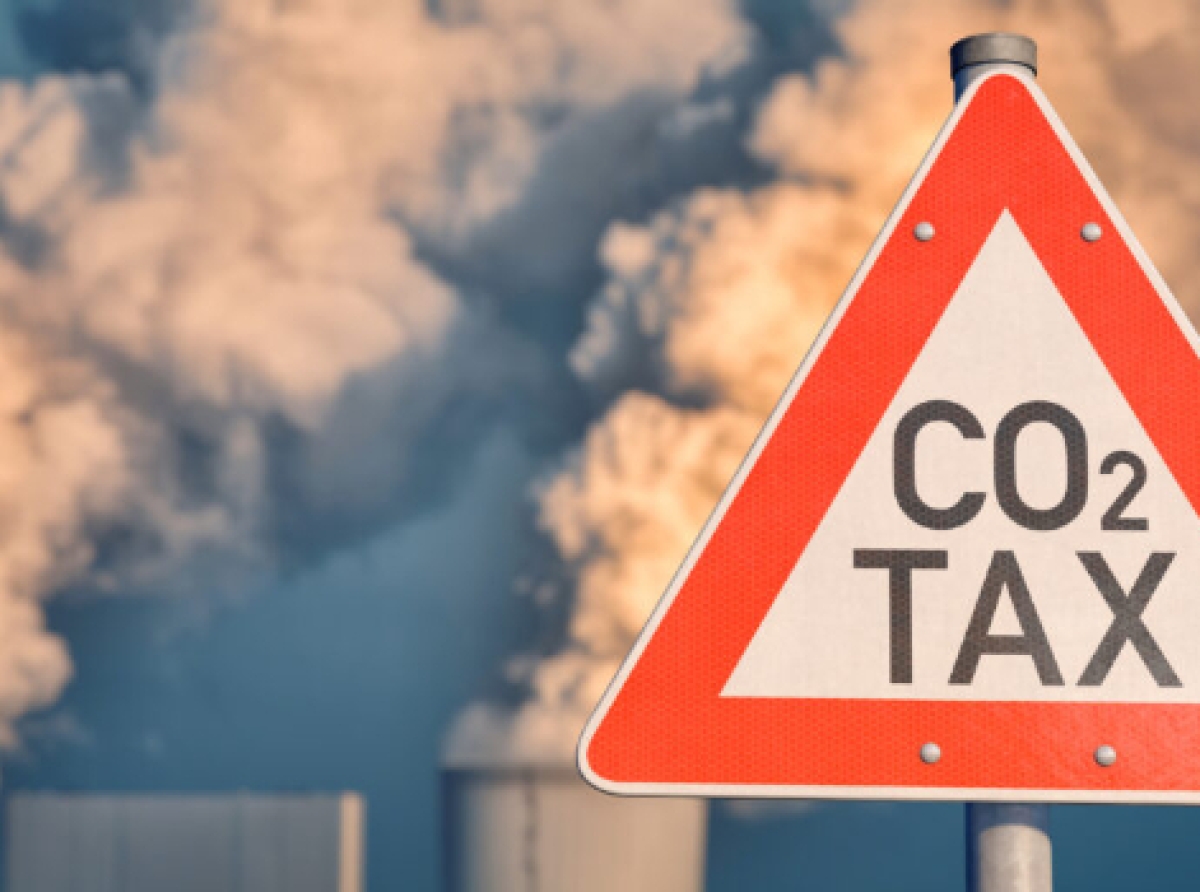04 February 2023, Mumbai
Fundamentally, let us look at how we exactly describe carbon tax which reflects upon in a great sense the social cost of carbon considered a necessary policy tool with authorities/stakeholders to check carbon emissions given that the globe is vying to attain net zero emissions someday.
Green Growth is to re-emphasize the commitment of any sector more relevantly sector like textiles tagged as a heavy polluter with an underlying theme of fundamentally transitioning business models to factor in the social cost of carbon from now on with the emergence of carbon taxes/carbon policy intervention in some advanced nations on the background thus, throwing economic opportunities for the businesses.
SCC
The social cost of carbon (SCC) is to check carbon emissions more importantly in sectors such as textiles which are big villains in polluting mother earth.
SCC is An attempt to help measure and evaluate underpinning so to say the net present value of climate change's potential effect through the coming/forthcoming 100 years or thereabouts of one incremental carbon tonne so emitted to the atmosphere presently.
It is in effect a marginal global damage cost of carbon emissions produced during the process.
The social cost of carbon is used in weighing the pros and cons (Cause & effect thesis) to assess and quantify the specific dollar value of any given action/policy's potential impact on climate change per se on account of variation it results in the emission of (GHGs) greenhouse gas emissions.
The theme of green growth
The clamour for concerns around climate change is the largest driver of change and is only getting louder in the public dispensation globally and the sustained efforts of many activists, active environmental groups, and NGOs, tightening government regulations and heightened public awareness, to mitigate carbon footprint is arguably one of the top corporate agendas of the day.
India too is very seriously committed to accomplishing this ambitious and audacious target of carbon neutrality target by 2050 and keeping global warming at bay.
No brainer raising grave concerns over environmental and green gas emissions for polluting sectors like the textile/apparel sector to push the players hard & motivating them not only to mitigate but keep checking consciously its Carbon Footprint as we move ahead.
Decoding the fundamentals of the concept of 'Carbon credits'
Carbon credits also interchangeably called in the trade parlance as carbon offsets (COs) are in effect legitimate use permitting the owner/user business entity to let emit an unquestionable degree of Carbon dioxide (CO2) or for that matter some other greenhouse gases (GHGs). Theoretically, carbon footprint originates from the environmental/ecological footprint debate and entirely rests upon nothing but life cycle Assessment (LCA) and, needless to state is an intrinsic constituent of global emission trading norms to let the textile sector stay relevant and in shape and is a mechanism technically to incentivize businesses or nationalities/geographies/countries that emit low/no carbon.
Decoding carbon tax
A carbon tax is a tax imposed on the production and consumption of fossil fuels, such as coal, oil, and natural gas, based on the amount of carbon dioxide (CO2) they emit. The underlying objective of a carbon tax is to reduce greenhouse gas emissions and promote the use of clean and renewable energy sources.
Bottoms up; Valuable insights like carbon revenue recycling schemes can go a long way to address systemic issues and help in designing the appropriate carbon tax policy aligning/calibrating it with the larger interest of the trade and its economic fallout while maintaining and reducing the cost of a carbon tax for easier migration to the new regime.
Nuances
In the textile industry, the production of textiles is energy-intensive and generates significant CO2 emissions. The carbon tax would make it more expensive for textile companies to continue using fossil fuels, thereby incentivizing them to switch to cleaner energy sources. This shift towards cleaner energy sources would help reduce the carbon footprint of the textile industry and contribute to the fight against climate change.
Moreover, the revenue generated from the carbon tax can be used to invest in renewable energy sources and energy-efficient technologies. This would not only benefit the environment but also stimulate the economy by creating new job opportunities and boosting the growth of clean energy industries.
Load factor
However, some argue that a carbon tax could also increase the costs of production for textile companies, leading to higher prices for consumers and decreased competitiveness in the global market throwing a cat amongst the pigeons kind of a situation.
Therefore, it is crucial for governments to implement the carbon tax in a way that minimizes the impact on the economy while still promoting the use of clean energy.
Call to action (CTA) is how realistically the administrations globally can carve out the carbon tax policy designs taking multistakeholder on board to use trade valuable insights and understanding its potential social-economic impact in entirety.
In summary
Kicker; The relevance of a carbon tax in the textile industry cannot be overstated. As there is a business case today to reckon with that the fiscal/economic advantages are meaningful & quite gainful.
It is a tale of two cities maintaining growth built around the fundamentals of a sustainable development business model.
Another lateral view is to build an argument of structural change/reform imposing a consumption tax on industries like textiles as this being a cornerstone of life i.e. ROTI, KAPDA, and MAKAAN this shall arguably lead to benefitting the long-run emissions reduction & as a payoff, in turn, may help the economy to restructure.
It would help reduce greenhouse gas emissions, promote clean energy sources, and contribute to the fight against climate change. However, its implementation should be done to balance environmental and economic concerns.

























